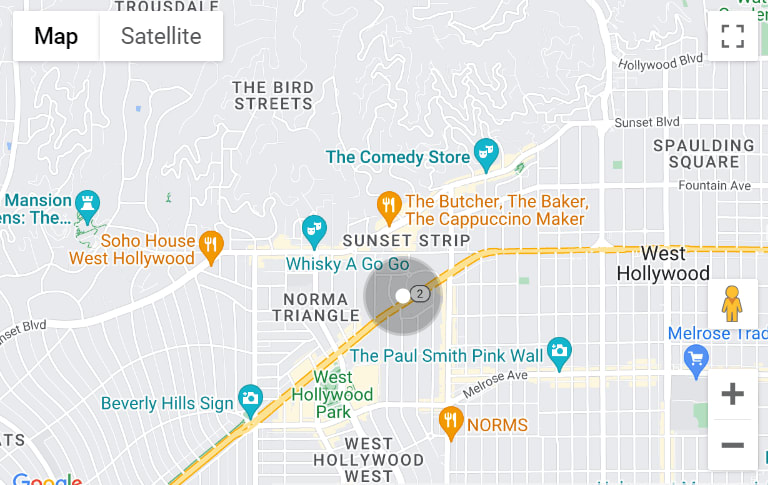
-
Compass
190 Hartz Ave., Suite 200
Danville, CA 94526
CA DRE# 02046863
-
Prema Subramaniam
Livermore is a city in Alameda County. With an estimated 2017 population of 89,648, Livermore is the most populous city in the Tri-Valley. Livermore is located on the eastern edge of California's San Francisco Bay Area.
Livermore was founded by William Mendenhall and named for Robert Livermore, his friend, and a local rancher who settled in the area in the 1840s. Livermore is the home of the Lawrence Livermore National Laboratory, for which the chemical element livermorium is named (and thus, placing the city's name in the periodic table). Livermore is also the California site of Sandia National Laboratories, which is headquartered in Albuquerque, New Mexico. Its south side is home to local vineyards. The city has redeveloped its downtown district and is considered part of the Tri-Valley area, comprising Amador, Livermore, and San Ramon valleys.
With more than 50 wineries, the Livermore Valley offers an exceptional array of events, concerts and tasting experiences throughout the year. Craft beer makers have joined the scene blazing a new Brew Trail through Livermore Valley. After an afternoon of tasting, visit the historic downtown and enjoy shopping, dining, spa services, and live music at one of the fun nightspots. San Francisco Premium Outlets offer world-class shopping with over 150 stores.
You can also see the latest blockbuster films at the retro circa 40’s theater or at the state-of-the-art all-digital 13-screen theater. The 500 seat Bankhead Theater brings in local and traveling performances including local opera and symphony.
The Livermore Valley also boasts beautiful parks and hiking trails, most maintained by the Livermore Area Recreation & Parks District and the East Bay Regional Park District, along with many unique facilities and programs.
From apartments and condos, to modest single-family homes or custom vineyard estates, Livermore has a diverse selection of living spaces suitable for students, families, singles or seniors. The downtown district is within walking distance to a number of older neighborhoods, some with homes built in the early 20th century.
Pockets of small to mid-sized single family homes exist in moderately priced neighborhoods, built in the 40s, 50s, and 60s. The 70’s and 80’s added more single family homes to the community, a bit larger in size. During the 90’s and 2000’s, you’ll find the trend toward larger homes, some even with in-law units. Lot sizes vary, from zero lot lines to half an acre or larger parcels.
Statistics
Top 10 Largest Employers:
Neighborhoods in the City
Explore the City